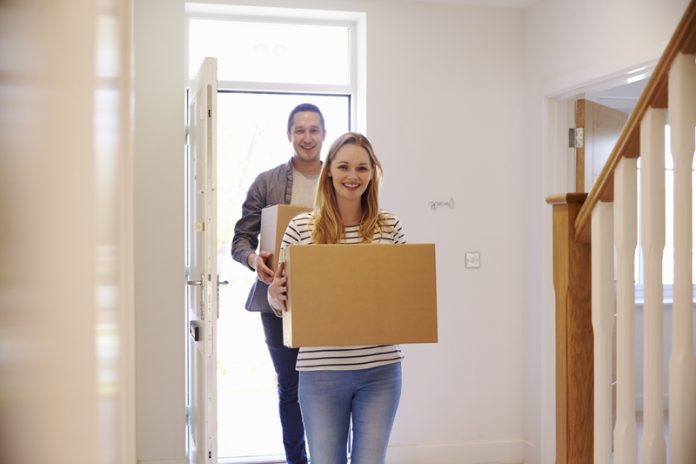As millennials hit the housing market, the construction of ‘wellness-minded’ buildings and eco-friendly homes are on the rise
With solar panels in the roofs and built with environmentally friendly materials, green buildings have become popular not just amongst millennials, but with celebrities too. Orlando Bloom, Prince Charles and Damien Hurst, all have sustainable homes and the number continues to rise.
Developed to have a limited effect on the environment, eco-friendly homes are built to be as self-sufficient as possible. Using many natural resources such as light, wind and earth, sustainable homes aim to lower their carbon footprint and significantly reduce the amount of heat and power a homeowner consumes.
Economically insulated by incorporating earthbags, logs, stones, recyclables, bamboo and straw, eco-friendly homes cause significantly less damage to the surrounding environment. Other benefits include:
- Lower maintenance requirements
- Consistent temperature
- Higher quality air (and better health)
- Reduced waste
- Reduced expenses
Why Are They Growing in Popularity?
Sustainability is a word that has been used more frequently over the years with reducing carbon emissions and saving the environment on the top of everyone’s agenda. This has caused several homeowners to relocate from traditional bricks-and-mortar houses into different types of accommodation.
Jo and Paul Morton, who live the ultimate ‘low impact’ lifestyle in a caravan, explain: “Everything we do is based on reducing our carbon footprint as far as possible. Whether bathing in harvested rain water or growing cabbages to preserve as sauerkraut for winter, we plan carefully so we minimise our use of fossil fuels.”
However, the changes in the way we live could mostly be down to ‘green’ millennials, i.e. those who were born at the beginning of the rise in interest in green attitudes and behaviour.
According to a survey conducted by The Guardian, more than two thirds of millennials ‘buy as many eco-friendly products as they can’ and in a recent survey 66% of global respondents say that they’re willing to pay more for products and services which come from companies that are committed to a positive social and environmental impact.
Growing up in an eco-conscious society, millennials are clearly more aware of their effect on the environment and are likely to be behind the rise in eco-friendly homes.
What is the Cost Benefit?
Eco-friendly homes can help you save time and money as the materials used are easily accessible. Many builders are able to buy the materials locally, which not only saves time, but also reduces the carbon footprint by minimising the distance they need to be shipped.
Furthermore, using recycled materials means a lower upfront cost and construction is often quicker – materials are more likely to be available and nearby.
It is not only cheaper to build a sustainable home, but the cost of day-to-day living is also reduced. Relying on renewable energy lowers operating costs and can end up reducing the monthly bills by up to 20-30%. Saving this much a month will make a big difference to the home owner financially and there are many more cost benefits that can be explored.
Eco-friendly homes require less maintenance as they are constructed to last a long time. Less money is spent making repairs or applying touch ups because green materials are durable and look newer for longer. The buildings’ extended lifespan will also lead to a higher property value so if the homeowner decides to sell they would increase their initial investment.
In the future it is thought that both home owners and businesses will be looking into green buildings. A new breed of eco-farmhouses has already been introduced in Wales and it is likely that more operations will follow suit. Additionally, with more resources being introduced every day, eco-friendly homes will become even more accessible at a lower cost; meaning they are likely to continue to rise in popularity.











